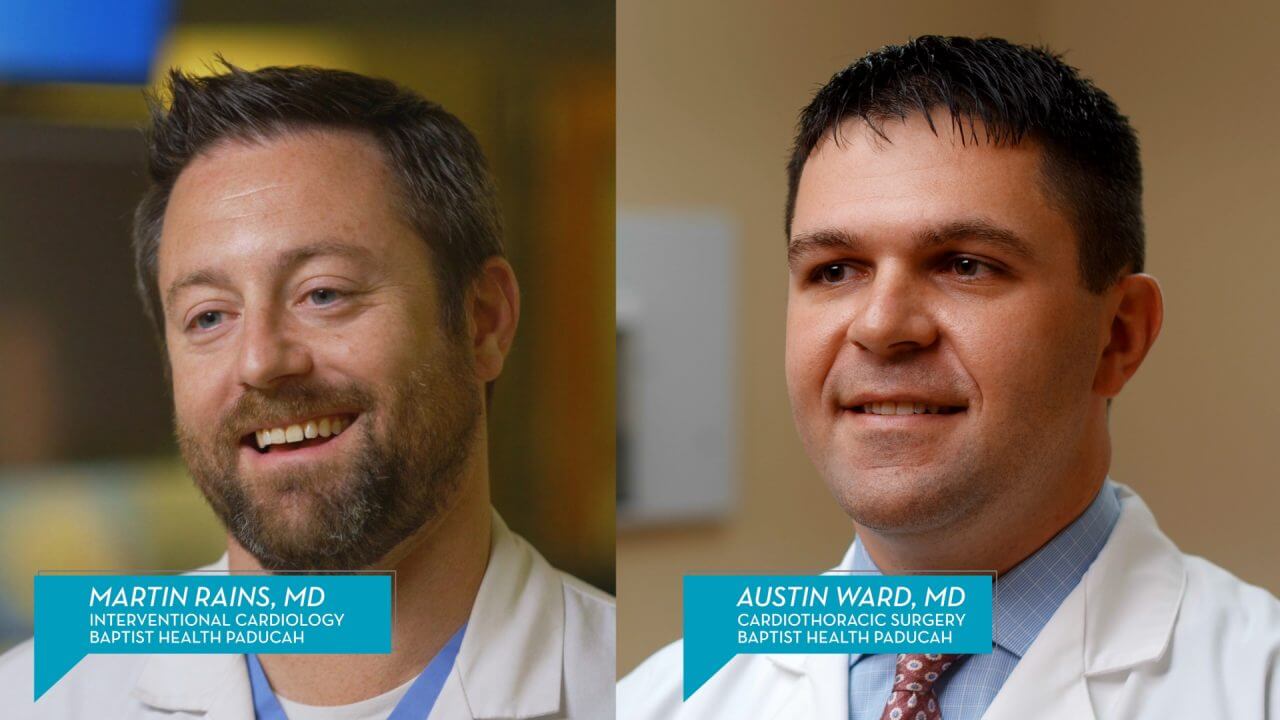♪ [music] ♪
- [Dr. Rains] TAVR stands for
transcatheter aortic valve replacement,
and this is a less invasive way to replace
a severely narrowed valve for a patient
who is having severe symptoms
from that problem.
Traditionally, the only way to offer
a correction when the valve itself became
severely narrowed was open-heart surgery.
Sicker, older patients maybe even
don't fare as well with a big operation.
So, this procedure was actually
sort of developed for use in patients
who were too sick to undergo
the traditional surgery.
- [Roger] I started feeling rough because
I couldn't do what I always done before.
Get up and walk around and go
to the places I went to of the morning.
- So for Mr. Anderson,
the tipping points that ultimately made us
decide TAVR were his prior open-heart
surgery, making any repeat open-chest
procedure that much riskier.
So we did it and we were all,
I think, pleased with how immediate
and obvious the results were.
He woke up saying he was
breathing better than he had in months.
We repeated pictures of his heart two days
later before he left the hospital and it
already showed that that failing heart
pump was recovering closer back to normal.
- So, since I had that heart valve put in,
I'm a new man now.
- If Mr. Anderson had not gotten a TAVR
he would have had
a 50% chance of death in 2 years.
For us to be able to offer this here
is a huge step forward for the community.
This shows that we are legitimate players
in the cardiovascular care.
♪ [music] ♪



